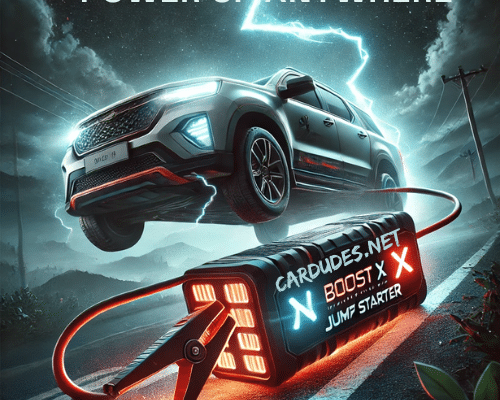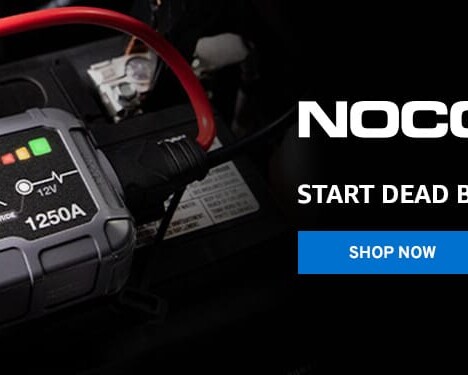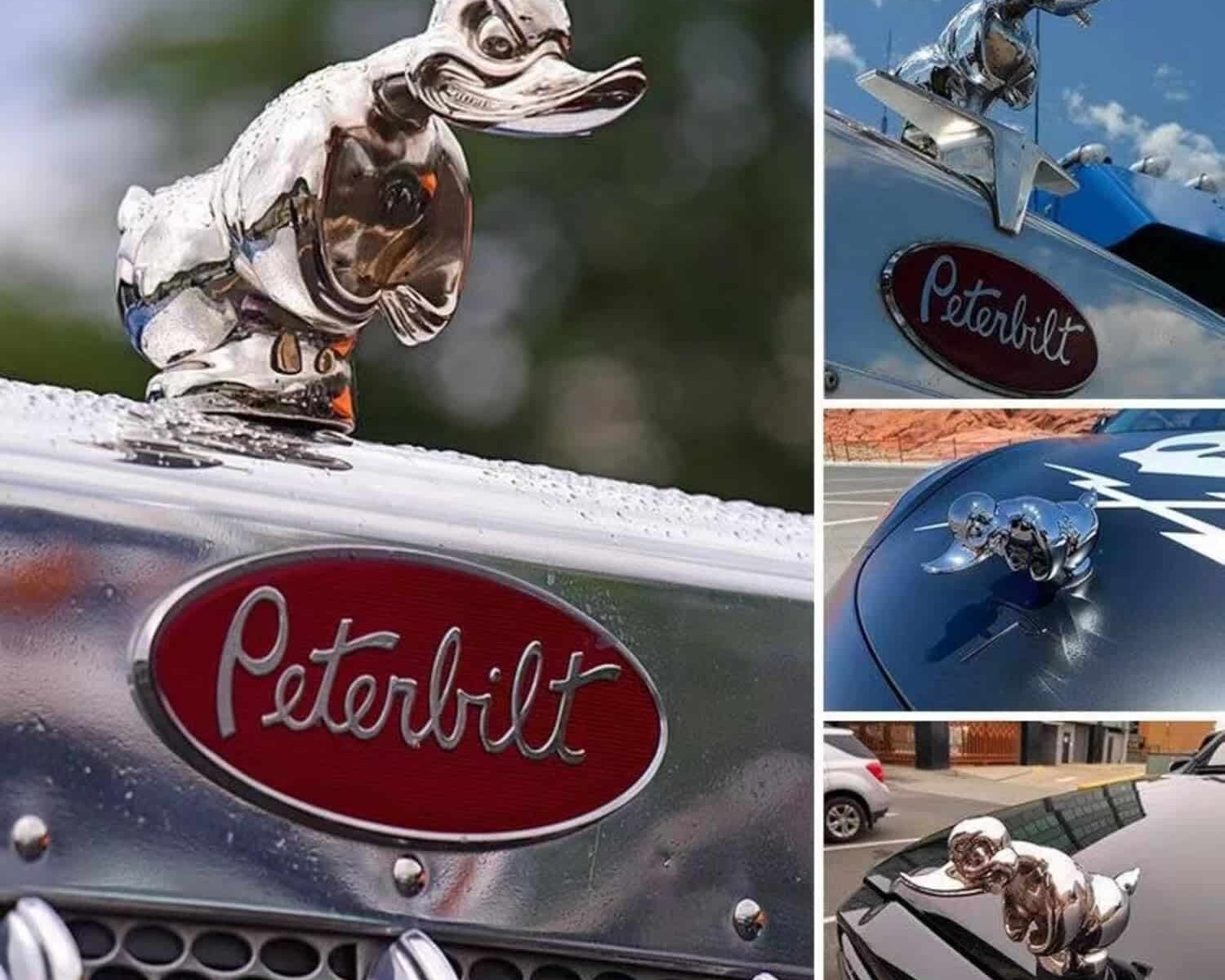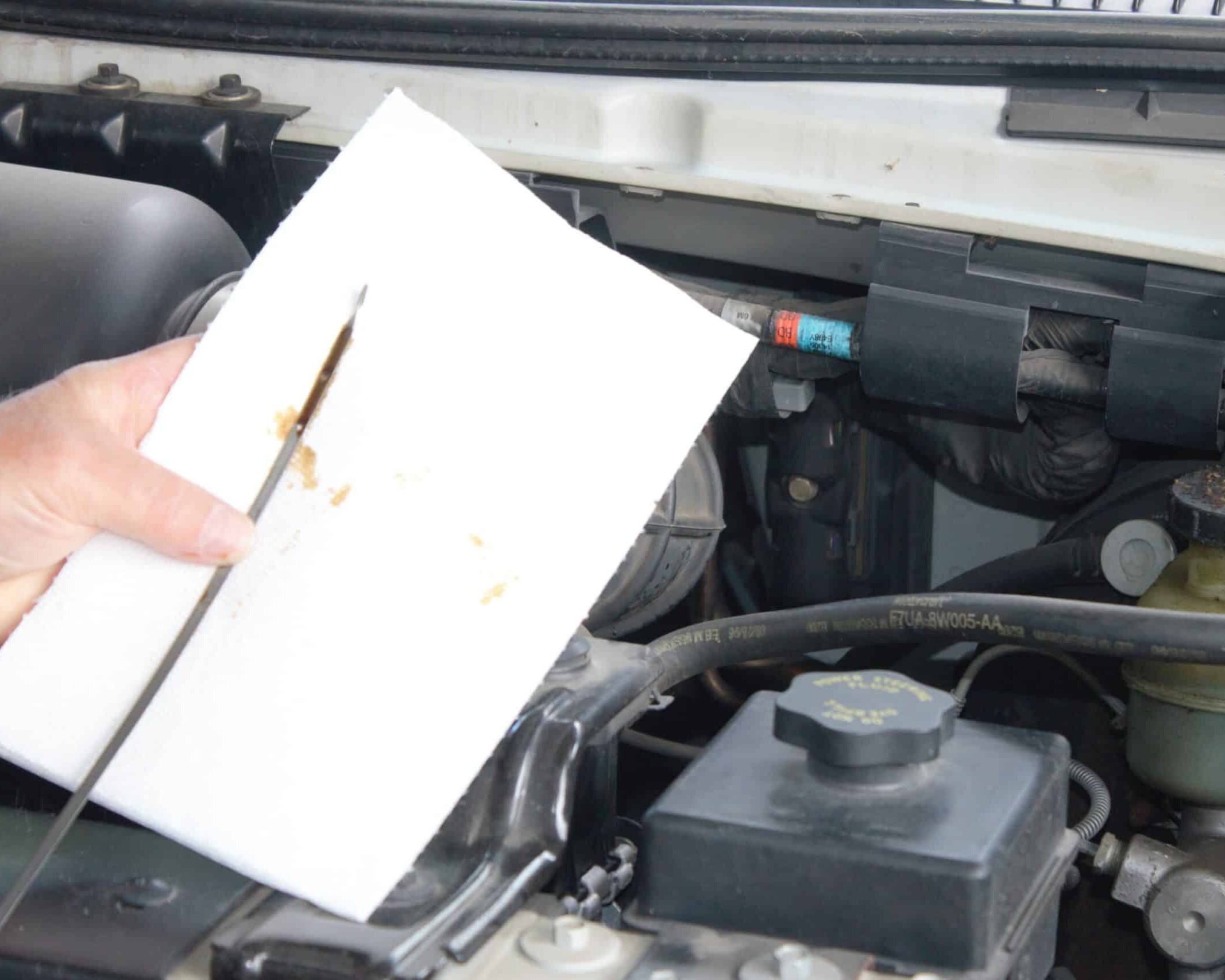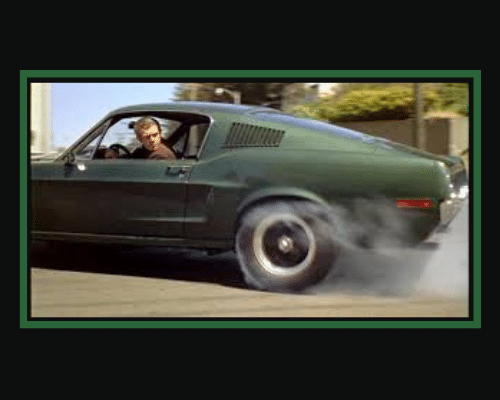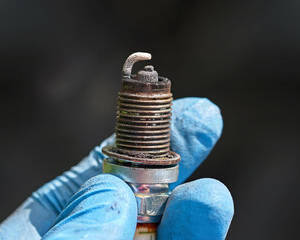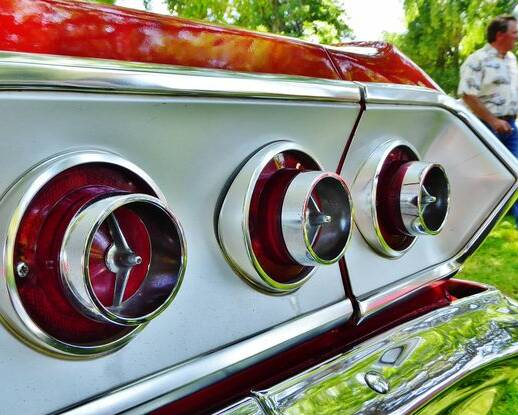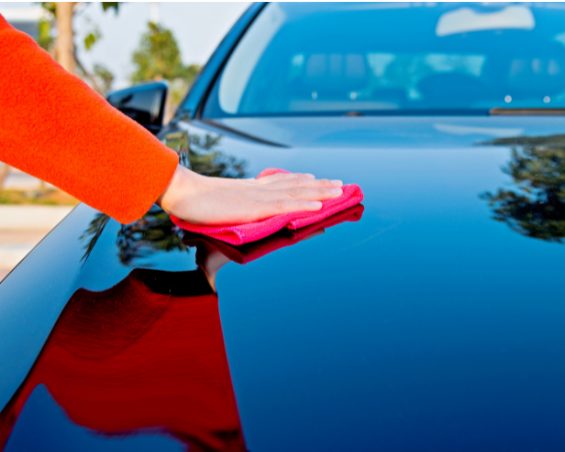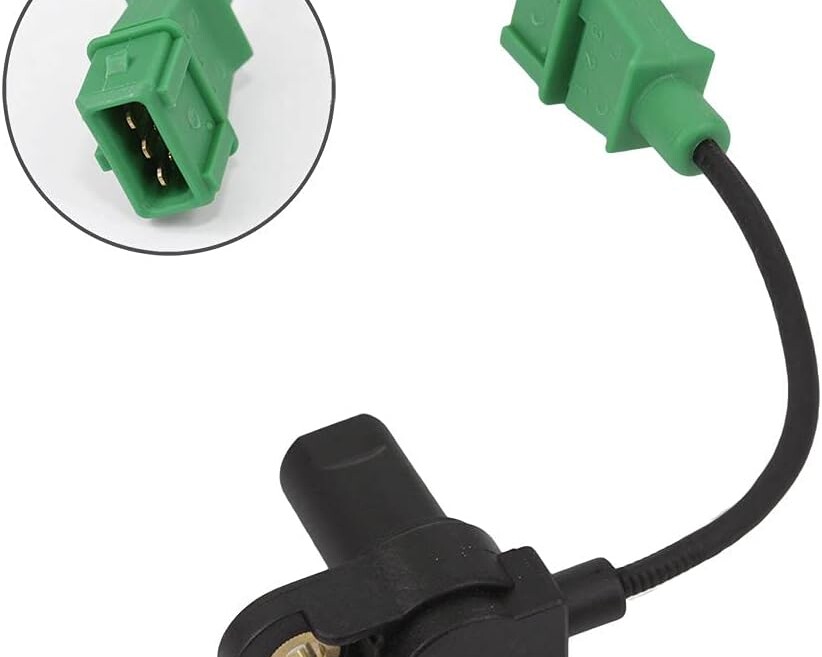What to Do After Buying a Car 10 Essential Steps
1. Obtain a car title
You will receive your vehicle’s title, from the seller, if you paid the entire purchase price. This enables you to formally establish your ownership of the car. If you wish to sell the automobile later, you will need it to transfer ownership. When purchasing auto insurance or registering a vehicle with the DMV, you will also need to provide proof of ownership.
Your lender will hold the title if you are financing your car until the balance is paid in full.
2. Swap over your car insurance
After buying a car, getting vehicle insurance should be your top priority. Automobile insurance is generally required by law and can cover any car damage, accident-related medical expenses, and legal expenses. Additionally it includes the safety of your passengers, your car, and other motorists.
3. Register your new car with your local DMV
When you are buy a car, you will need to register it with your local Department of Motor Vehicles (DMV) in order to legally drive it on the roads. This process typically involves submitting proof of ownership, such as a bill of sale or title certificate, as well as paying any applicable fees. In some cases, you may also need to provide proof of insurance and pass a vehicle inspection.
4. Get a car inspection (if required by your state)
A vehicle inspection is a procedure in which a qualified mechanic or inspector carefully inspects a vehicle to make sure it is safe to drive and complies with the regulations established by the state or jurisdiction where the vehicle is registered. The car’s brakes, tires, lights, emissions, and other safety-related components may be examined during inspections. It is crucial to confirm the regulations in your area as certain states and jurisdictions do not mandate vehicle inspections.
5. Transfer any existing warranties or service contracts to the new car
It’s possible that the previous owner of a used vehicle purchased an extended warranty or service agreement for it. In other words, the car is insured for certain repairs or parts for a predetermined amount of time. The new owner can continue to enjoy protection on the vehicle because of the transferrable nature of these warranties and contracts. The new owner must get in touch with the provider and give them their details in order to transfer these warranties or contracts. It is a good idea to check with the provider to confirm
that the remaining coverage is still valid before purchasing the car because some may charge a cost for the transfer.
6. Transfer any personal belongings from your old car to your new car
You’ll need to grab all of your items in your old vehicle that you’ll want to take with you when you buy a new one. These things could be emotional objects like a treasured teddy bear that you have kept in your car for years or important goods like your favorite floor mats or phone charger. Just make sure that nothing gets left behind by accident and that your new automobile has everything you need for a convenient and enjoyable driving experience.
7. Familiarize yourself with the car’s features and owner’s manual
It’s essential to take the time to learn about your new car’s features and capabilities in order to make the most of it and use it safely. One of the best ways to do this is by reading the car’s owner’s manual, which provides detailed information about the car’s functions and features. Typically located in the glove compartment it contains information on things like how to operate the car’s various systems, such as the audio system, climate control, and navigation system. It also includes important information about the car’s maintenance and care, including recommended schedules for things like oil changes and tire rotations, and tips for keeping the car running smoothly and safely. You should also take the time to explore your car, take note of things like the location of the buttons, switch, dials etc. that you might need while driving, and experiment with the different settings and features to see how they work and how they can best meet your needs.
8. Schedule any necessary maintenance or servicing for the car
When you purchase a new car, it’s important to make sure that it is properly maintained in order to keep it running smoothly and ensure that it lasts for as long as possible. This means scheduling any necessary maintenance or servicing for the car in a timely manner. This may include regular scheduled maintenance like oil changes, tire rotations, and brake inspections, One important thing to do is to check the maintenance schedule in the car’s owner’s manual, this schedule provides a list of the recommended
services or maintenance that your car needs at certain mileage intervals. Scheduling regular maintenance and addressing any issues that arise as soon as possible, will help to potentially save you money in the long run by avoiding expensive repairs down the road.
9. Update any personal or business documents with the new car’s information
Any existing personal or professional records, including insurance and registration paperwork, should be updated to reflect the new vehicle’s information. Additionally, the make, model, year, VIN, and registration number of the car should be confirmed to be accurate.
10. Create a budget for ongoing expenses such as gas, maintenance, and repairs
Develop a comprehensive budget plan to account for the ongoing expenses associated with owning a vehicle, such as fuel, maintenance, and repairs. This budget should take into consideration the expected cost of regular maintenance items, such as oil changes, tire rotations, and brake repairs, as well as unexpected repairs that may be needed. Having a budget in place will allow you to plan for these expenses and make sure you are prepared for them financially. Furthermore, monitoring this budget can help you adjust over
time for any changes.
Summary
In summary there are a few crucial steps you should take before purchasing a vehicle to ensure that you can legally and safely operate it. These include purchasing insurance, signing up with the DMV, reading the car’s handbook, updating paperwork, examining the vehicle’s condition, making a budget, obtaining an inspection check, transferring the title, scheduling maintenance, and becoming acquainted with the car’s features. These measures will guarantee that your car is road-ready and that you are ready for the responsibilities of car ownership.

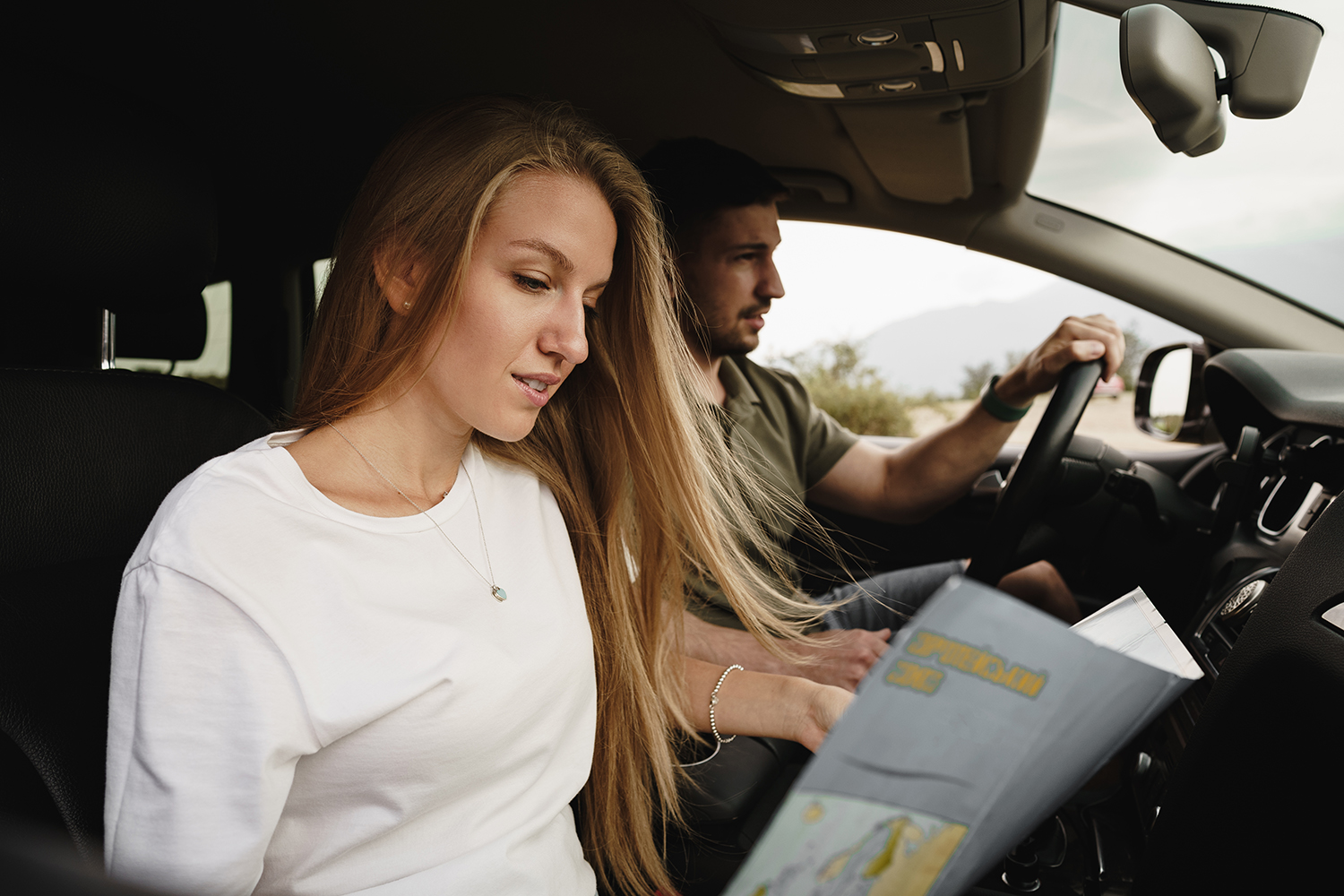

 End your search here.”
End your search here.”



